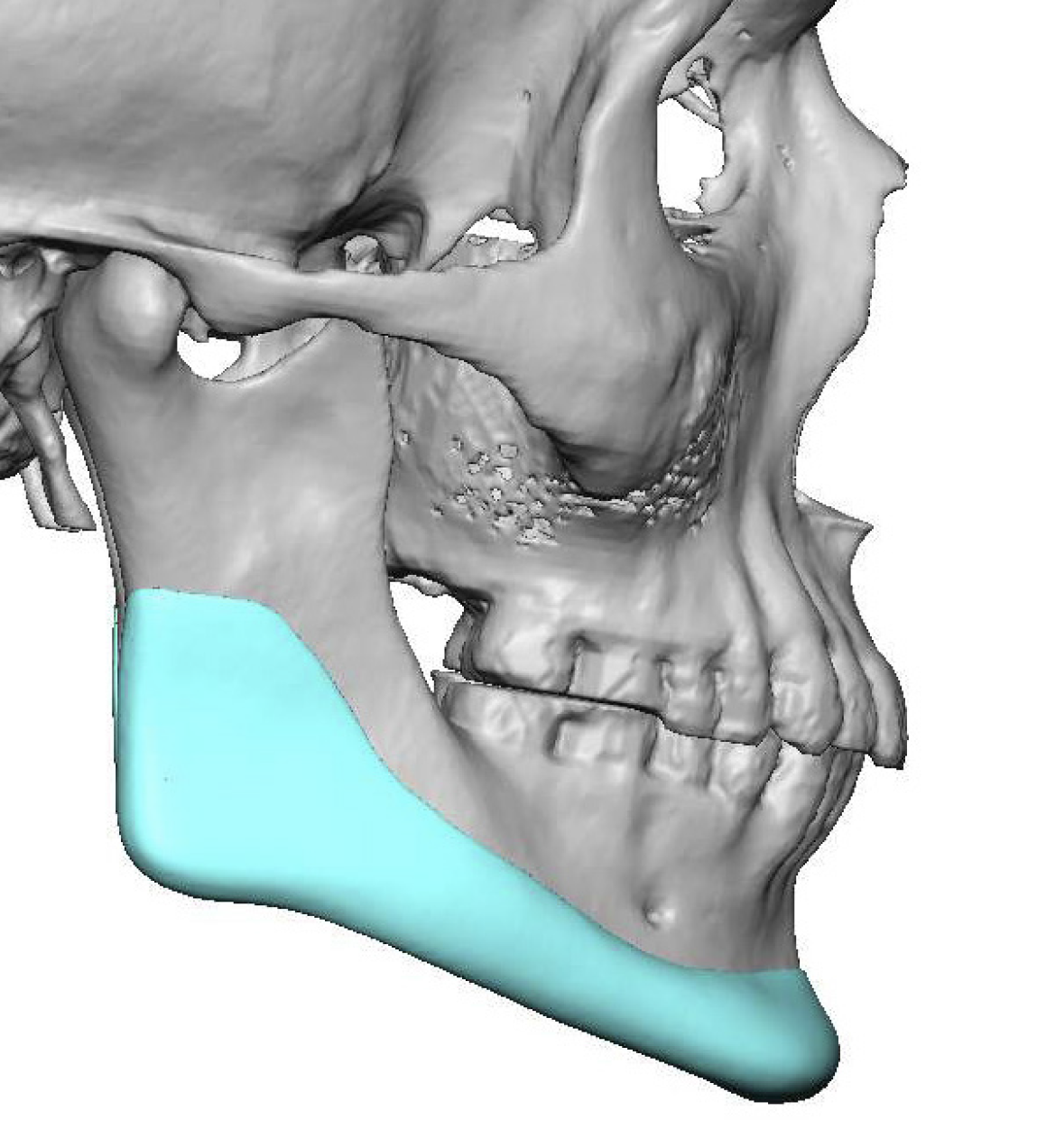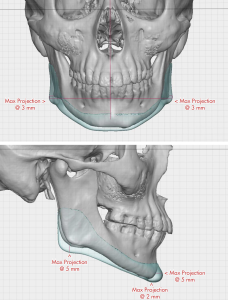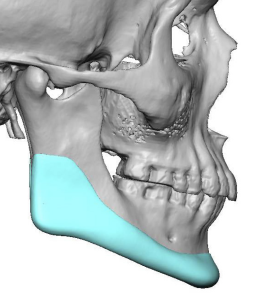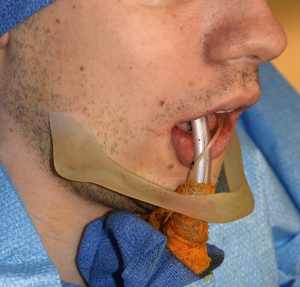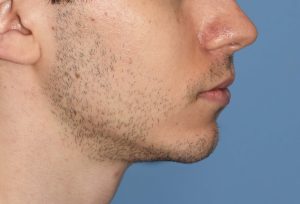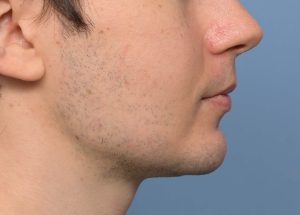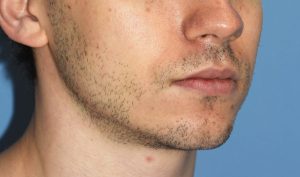Background
When patients refer to “natural jaw augmentation,” they usually mean enhancing the jaw’s shape and definition in a way that looks balanced and refined—without appearing obviously “done.” The goal is to strengthen or emphasize the existing jawline while maintaining harmony with other facial features such as the chin, cheeks, and neck.
A natural-looking result should:
- Subtly enhance the lower face without appearing surgical.
- Maintain overall facial balance and proportion.
- Avoid sharp edges, visible implant lines, or harsh shadows.
- Emphasize smooth, symmetric transitions rather than abrupt changes.
- Create a refined appearance that others notice as an improvement—but not as an operation.
Approaches to Natural Jaw Augmentation
Non-surgical options, such as injectable fillers, can produce effective temporary results. Their limited volume capacity often prevents over-augmentation, but their effects are not permanent.
Implants, particularly custom-designed wraparound jawline implants, offer lasting structural enhancement. When properly planned and placed, they can achieve very natural results—especially when guided by key design principles:
- Realistic Expectations:
Preoperative imaging should help define the patient’s personal sense of what looks “natural.” Determining where enhancement begins to appear “unnatural” is essential for tailoring the design.
- “Less Is More” Dimensional Design:
Because implant design involves estimating complex three-dimensional changes, a conservative approach is often best. Subtle augmentation tends to produce more believable and harmonious outcomes.
- Anatomic Customization:
To avoid an overly angular or artificial look, the implant should follow the patient’s natural jawline contour—from angle to angle—unless an anatomic irregularity (e.g., a high mandibular angle) requires correction.
Case Study
A young male patient sought jawline augmentation to create a stronger, more defined jaw—yet emphasized he wanted to avoid an exaggerated or “unnatural” look.
Preoperative imaging was performed to visualize different levels of augmentation and to define what appeared natural to him.
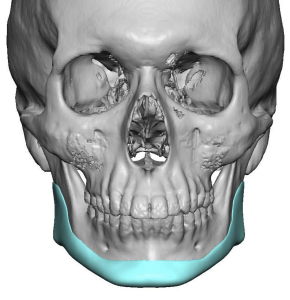
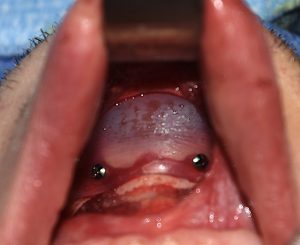
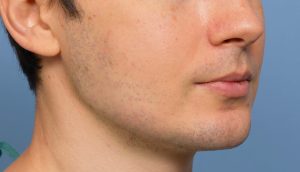
Discussion
While “natural facial augmentation” may mean different things to different patients, certain consistent design principles help achieve that outcome. In general, patients associate natural results with implant dimensions that are not excessive. Smaller, anatomically fitting designs are more likely to blend seamlessly with the native bone structure.
When reviewing a proposed implant design, an important question to ask is:
“Does this implant look like it belongs there?”
Although this judgment may seem subjective, it is refined through extensive experience evaluating implant designs relative to facial bone anatomy and postoperative outcomes.
Key Points
- A natural jaw augmentation produces an enhanced but proportionate appearance.
- A custom jawline implant should follow the natural contours of the mandible while subtly increasing size and projection.
- Intraoral placement is possible when the implant is of moderate size, minimizing external incisions and visible scarring.
Dr. Barry Eppley
World-Renowned Plastic Surgeon

